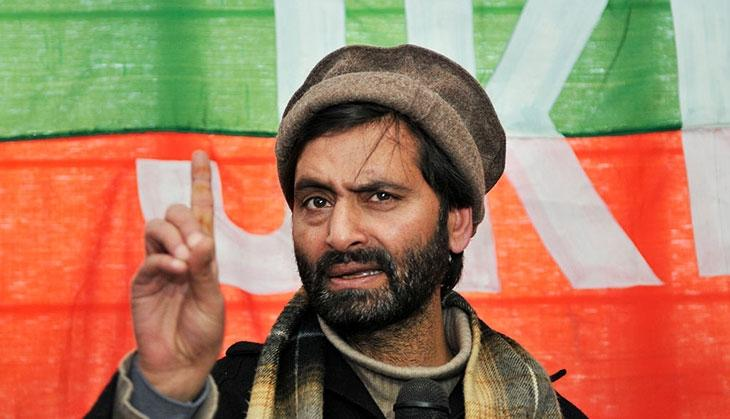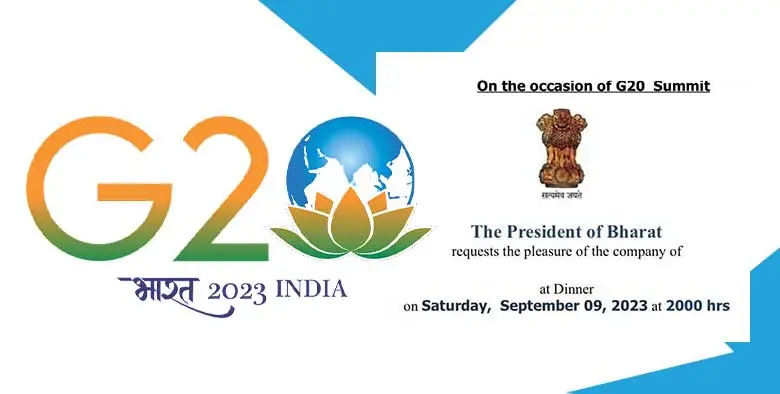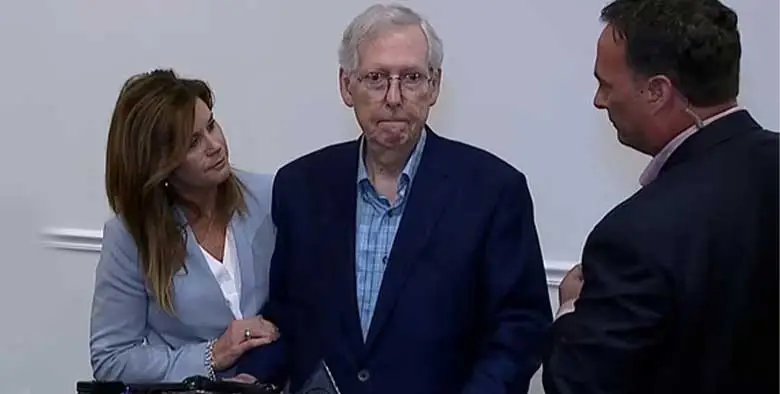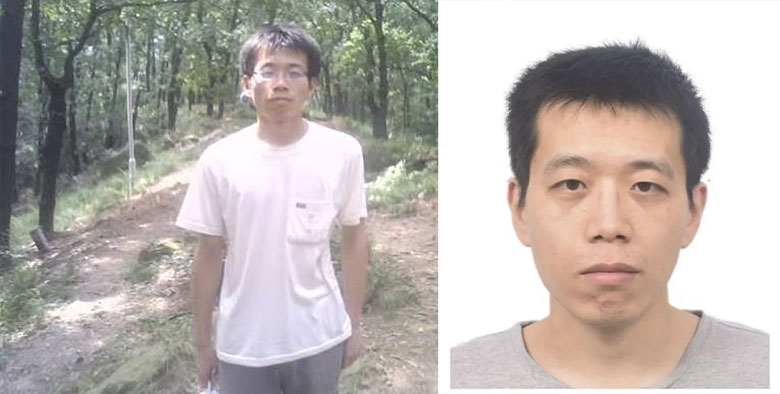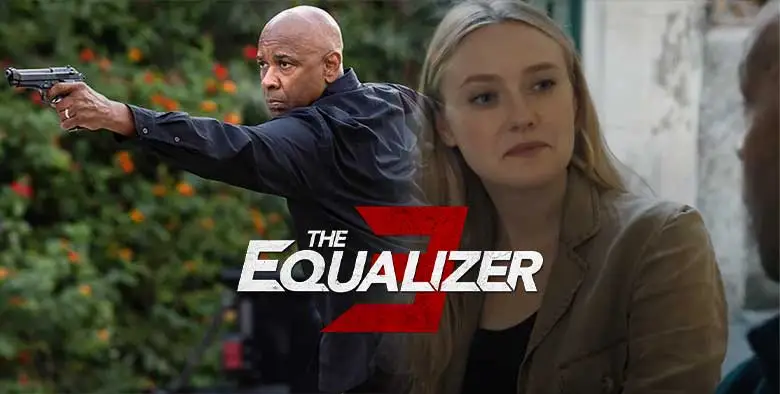The Rise & Downfall of Yasin Malik As a Separatist Leader
Yasin Malik, the Kashmiri secessionist leader and the chief of the Jammu and Kashmir Liberation Front (JKLF), was on Wednesday, May 25, 2022, sentenced to life imprisonment in terror funding and other criminal conspiracy cases. During the hearing, he pleaded guilty to all charges framed on him, including terror funding, spreading of terrorism, and instigating secessionist activities in Jammu and Kashmir.
For committing such terror supported and secessionist acts, he was charged under different sections of the Unlawful Activities Prevention Act (UAPA) and the Indian Penal Code (IPC).
Well, the news of Yasin Malik terror funding case, Yasin Malik terror funding and his conviction is widely popular everywhere, but only a few people know about the acts for which he was convicted under such charges. So, let us look at his early life and the activities for which he got popular as a separatist leader.
If you are wondering who is Yasin Malik, let’s recall the history of Malik becoming the most active terrorist in the Jammu & Kashmir valley!
Malik’s History As A Separatist Leader
Malik was born on April 3, 1966, in a densely populated area in Srinagar. He was a normal child. However, in 1980, his entire value system was changed due to an incident. The incident was a dispute between the army soldiers and a taxi driver. That shocked him thoroughly, due to which he opted for a rebellion path for himself. Following a rebellious ideology, he formed a rebellion organization called the Tala party.
The Tala party was a revolutionary front that printed and distributed pamphlets instigating secessionist activities in the
Kashmir valley. The Tala party was also responsible for obstructing the 1983 cricket match at Sher-I-Kashmir Stadium, disrupting meetings of the National Conference in Srinagar, and protesting against Maqbool Bhat’s execution. For committing such acts, he was arrested and detained for four months.
Impact of The 1987 Legislative Assembly Election On Malik’s Ideology
In the run-up to the assembly elections of 1987, the Islamic Students League (ISL) led by Yasin Malik, supported the Muslim United Front (MUF). In that year's election, he did not contest because he did not valued the Constitution of India.
To provide its support to the Front, Malik himself came out in public and campaigned for Mohammad Yusuf Shah. However, agencies later found that the code of conduct was rigged. Therefore, Shah, despite securing a clear majority, was declared to have lost the election.
In contrast, the National Conference-Congress alliance candidate was declared the winner. And, as a precautionary measure, the agencies detained both Shah and Malik.
Such a setback and treatment of government officials and security agencies greatly impacted his mindset. Due to such repetitive incidents, he crossed the LOC and started his arms training from the Pakistan-Occupied-Kashmir (POK) region.
On his return from the training, he, along with Hamid Sheikh, Ashfaq Majeed Wani, and Javed Ahmed Mir, formed the ‘core members group’- HAJY in JKLF.
Rise of The Rebel Group: Jammu and Kashmir Liberation Front (JKLF)
In the mid-1960s, as their wish to form an ‘offshoot’ to the J&K Plebiscite Front of Pakistan-Occupied-Kashmir, Amanullah Khan and Maqbool Bhat formed Jammu and Kashmir Liberation Front (JKLF). This party, however, had a negligible presence in the valley for more than a decade. But, after Malik’s enrollment into the party in 1980s, this party started gaining momentum in the Kashmir valley.
Yasin Malik, joined the JKLF along with his Islamic Students League members. After the incident of 1987, when he was detained for supporting the Muslim United Front (MUF), he decided to raise the amplitude of his organization’s activities.
For this cause, on December 8 1989, some outfit members, under the direction of senior leaders, kidnapped Rubiya Sayeed, daughter of the then Union Home Minister Mufti Muhammad Sayeed.
She was returned back safely on December 13, 1989, but at the cost of releasing five detained militants. The Kashmiri youth also started crossing the LOC for arms training by that time. To serve this, the JKLF acted as an umbrella organization for all the terror-related activities in the valley.
The IAF Assault Case
Yasin Malik was also responsible for the killing of four Indian Air Force (IAF) personnel in Srinagar. The case dates back to January 25, 1990, when armed militants attacked 44 IAF personnel who were waiting for their morning bus at Rawalpura Chowk in Srinagar. The deceased included Squadron Leader Ravi Khanna, Corporal D.B. Singh, Corporal Uday Shankar, and Airman Azad Ahmad.
The case was transferred to the Central Bureau of Investigation (CBI) to identify Malik’s active involvement in the killing of the defence personnel. The CBI completed its investigation and submitted challans of both cases (Rubiya Sayeed kidnapping and IAF personnel shooting) before the designated TADA court in 1990.
Since then, the trial was going underway. However, in April 2009, the Srinagar wing of the court stayed the trial in a designated TADA court in Jammu for both cases. And the court directed that proceedings before the trial court will remain in abeyance till further orders.
Recent Happenings
After getting bail in May 1994, Yasin Malik declared an indefinite ceasefire on his active engagement with JKLF. He apparently decided to follow a non-violent path to achieve
Azadi. However, his call to follow a non-violent path was unacceptable to the chairman of JKLF. Hence, he removed Malik from his post.
“
On persuasion of US, UK and European envoys I took the most unpopular decision of unilateral ceasefire endangering my and lives of my colleagues… but despite all odds by Indian forces to push me back on the path of violence, I stood firm to my decision,” Malik added in an open letter to the US on July 1, 2017. In that letter, he also mentioned some details about his meeting with then Prime Minister of India,
Dr Manmohan Singh, in February 2006.
Subsequently, Malik added some details about his visits to the US, and top White House officials, and later his parleys with the then Pakistan Prime Minister, regarding his “efforts”, to gather support for a Kashmir Resolution.
In that letter, Malik also added, “
more than 600 of my colleagues were gunned down by Indian forces after this, but no one from the international community intervened.”
Later that year, Malik decided to travel the length and breadth of the entire Kashmir valley as part of his campaign ‘Safar-i-Aazadi (Journey to Freedom). The ultimate purpose of his campaign was his intention to include the people of Kashmir in the dialogue process.
However, after getting bail in 1994, Yasin Malik did not participate actively in any violent activities himself. But, he actively supported militant organizations in the valley, such as Lashkar-e-Taiba, Hizbul Mujahideen, Dukhtaran-e-Millat, and others in raising and receiving funds for terror activities via illegal channels.
In 2016, Malik and other separatist leaders formed Joint Resistance Leadership to give directions to the radicalized youth to hold disruptive activities, such as protests, shutdowns, and road-block activities.
Different Charges Lodged Against Yasin Malik
For supporting terror and separatist activities in the Kashmir valley, JKLF leader Yasin Malik was booked under different sections of the Unlawful Activities Prevention Act (UAPA) and Indian Penal Code (IPC).
Under UAPA, he was charged under Section 16 (Terrorist Act), Section 17 (raising funds for the terrorist activities), Section 18 (Conspiracy to commit terrorist acts), and Section 20 (Being a member of a terrorist organization). Whereas, under the IPC, he was charged under Section 120-B (criminal conspiracy) and Section 124-A (Sedition).
